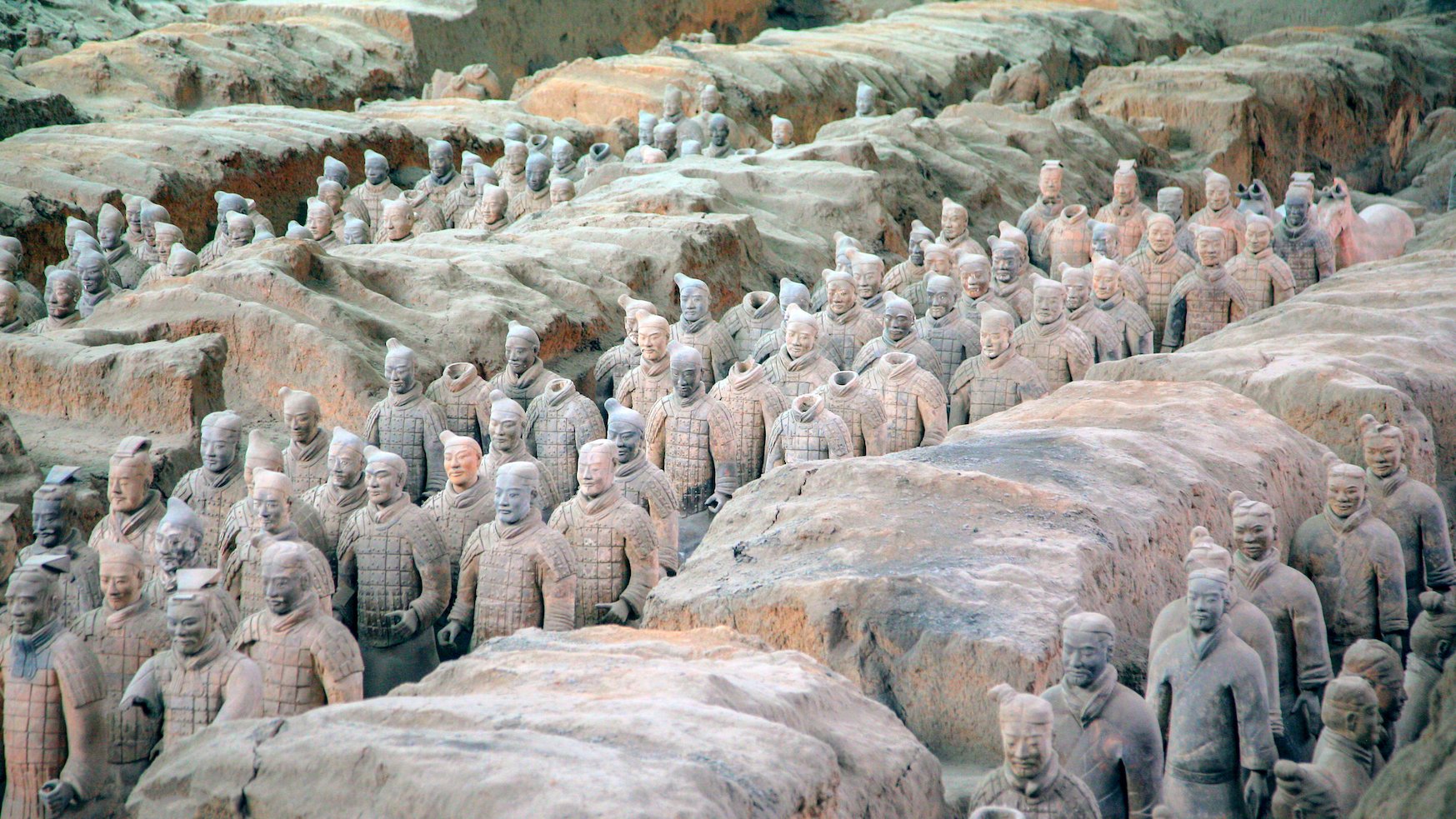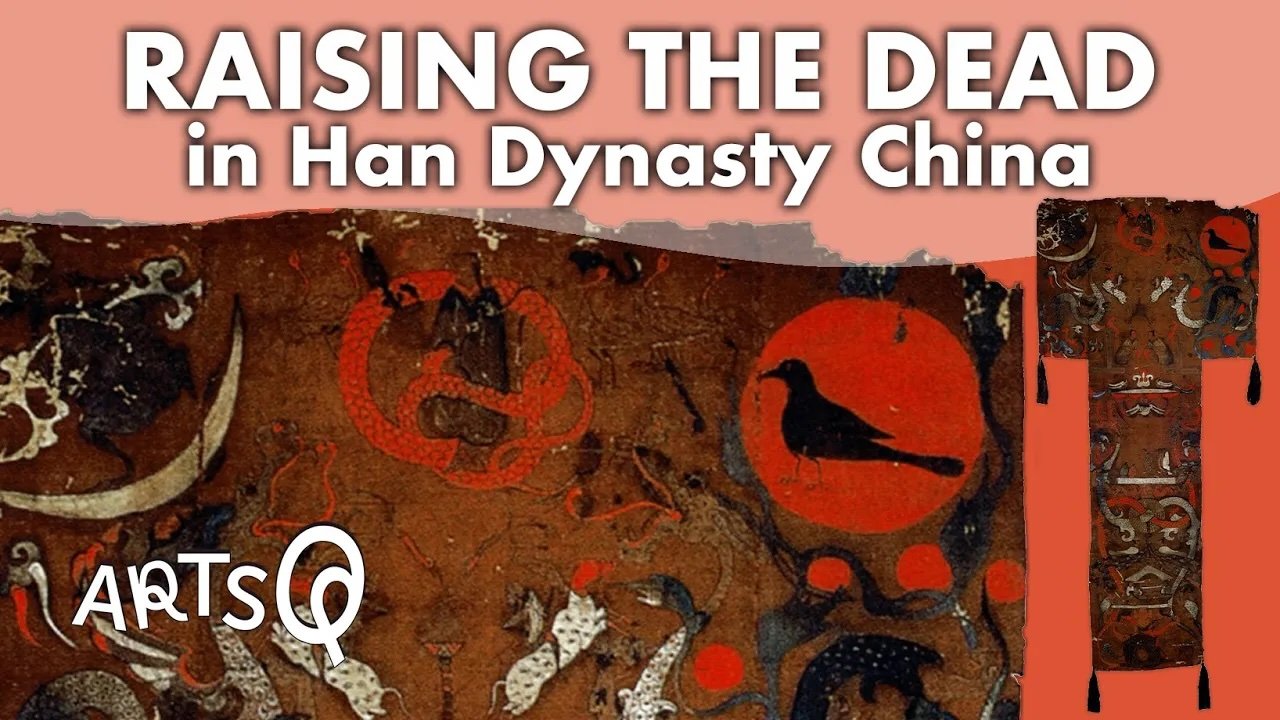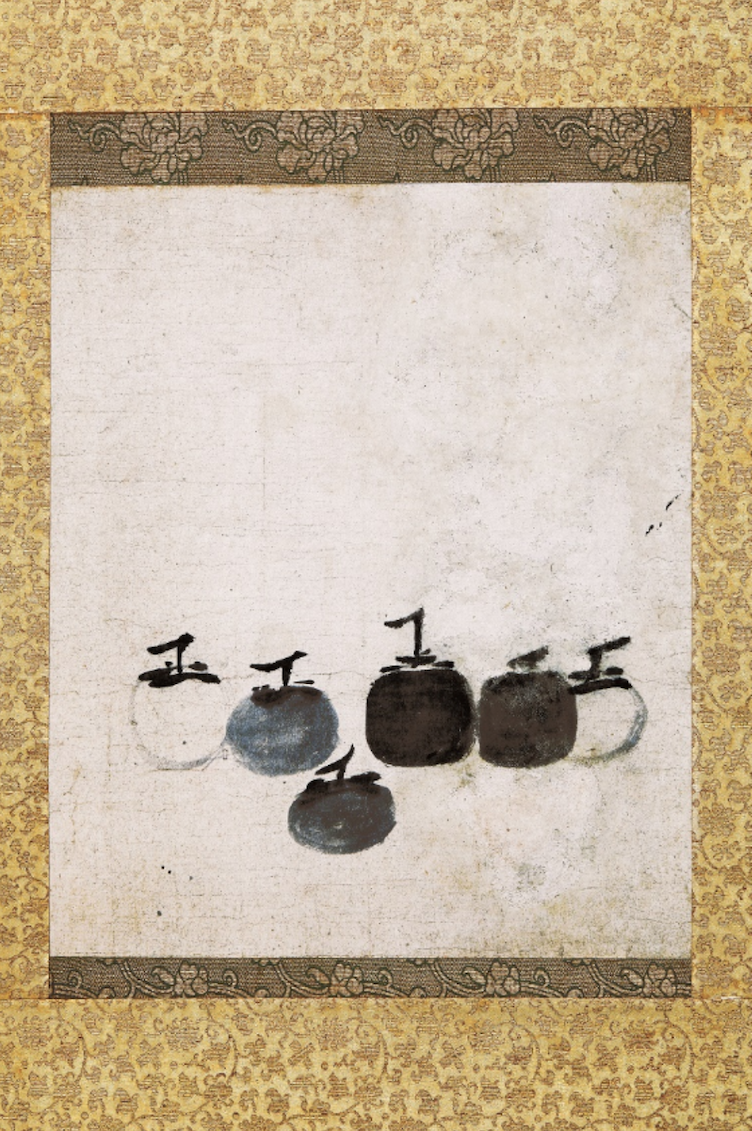
Teaching Ancient China
Read about our first new landing page, which is all about the arts of ancient China, from the Neolithic Period through the Zhou Dynasty.

Chinese Music for the Dead: The Marquis Yi of Zeng’s Bells
In the 1970s, archaeologists in China made one of the most impressive archaeological discoveries in world history from the tomb of a marquis (the Marquis Yi of Zeng) who lived and died in south China in the 5th century BCE.

A symbol of Heaven? A Chinese jade bi disk
What can a jade disk crafted in Neolithic China tell us about the cosmos? These circular disks may be connected to early Chinese views of the universe that consisted of a square Earth and a round (circular) canopy that represented Heaven.

The Illusion of the Terracotta Army, Tomb of the First Emperor of China
The tomb of the First Emperor of China, who died in 210 BCE, was never excavated, but in the 1970s three pits were found nearby that contained a terracotta army! These pits contained over 8,000 life-size terracotta warriors lined up in trenches in military formation.

Five fun facts about the Tomb of Lady Dai (Xin Zhui)
This year archaeologists in China are celebrating the 52nd anniversary of the excavation of the Tomb of Xin Zhui (popularly known as “Lady Dai”) discovered at Mawangdui, in Hunan province, China in 1972. Over the next several months, we’ll be celebrating the excavation of Xin Zhui’s tomb in many different ways, but let’s start with five fun facts!

Learn about Chan (Zen) Buddhism with Muqi’s Six Persimmons
Muqi, a 13th-century Chinese Buddhist monk, created this famous monochrome ink painting of six persimmons. The monk painter captured the essence of these sweet fruits using very few brushstrokes.
